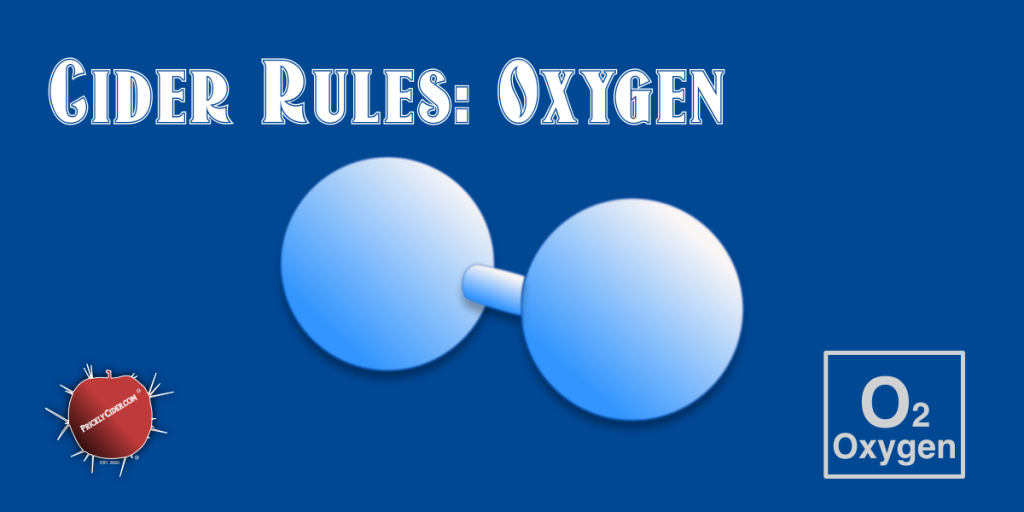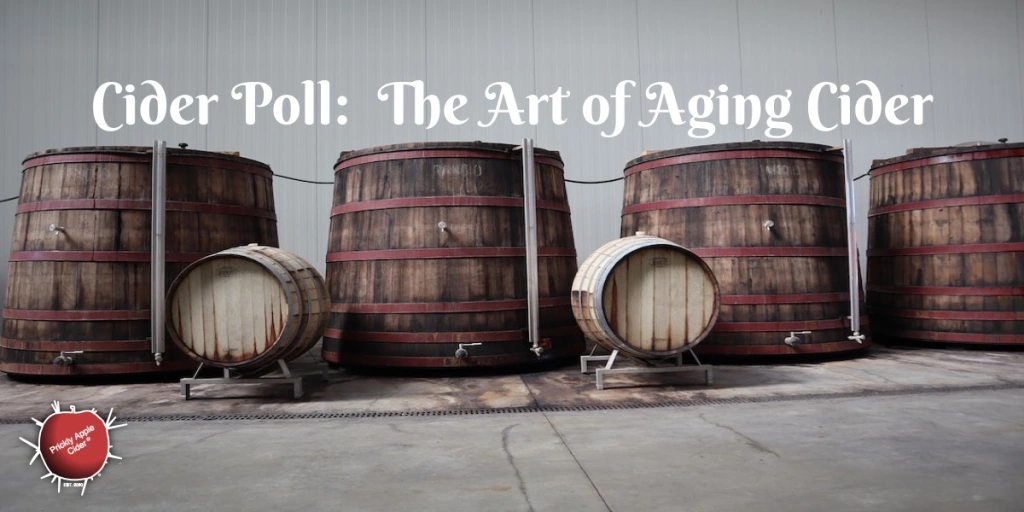
Malolactic Fermentation, also known as MLF, is the conversion of malic acid to lactic acid by lactic acid bacteria, known as LAB. It was mistakenly called fermentation because of the decarboxylation that occurs in the process. While we tend to think specific gravity measures the sugar in your juice and hard cider, it actually includes other dissolved solids like acid. The MLF process converts one molecule of malic acid into a molecule of CO2 and a molecule of lactic acid. Normally, the CO2 escapes through an airlock, which reduces the mass of the hard cider and therefore the specific gravity. Also, the volumetric mass of malic acid is different from lactic acid indicating an impact on the specific gravity. All of this can result in the loss of 1-2 points in specific gravity(1).
One way to tell if your hard cider goes through a MLF is to see the release of CO2 from the decarboxylation. However, you will also likely find that the specific gravity reading on your hydrometer has dropped by 0.001-0.002. This isn’t sugar but the transformation of malic acid to lactic acid. Ultimately, measuring the titratable acids is the true way to assess the impact of MLF.
(1) Claude Jolicoeur, The New Cider Maker’s Handbook, 2013
Don’t miss any future Mālus Trivium articles. Follow me and you will get a link to my latest article delivered to your inbox. It’s that easy!














